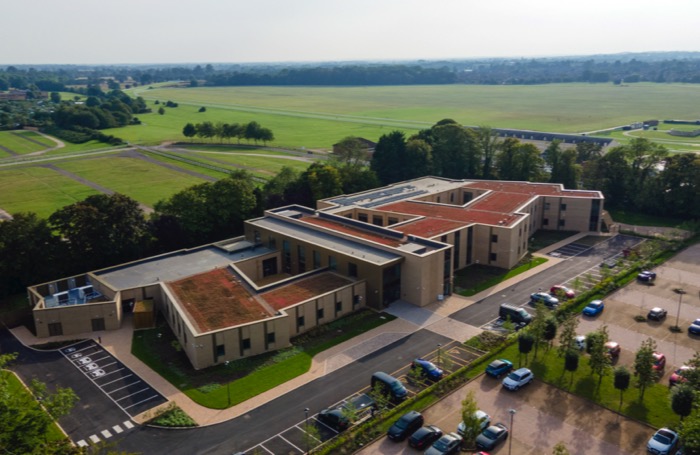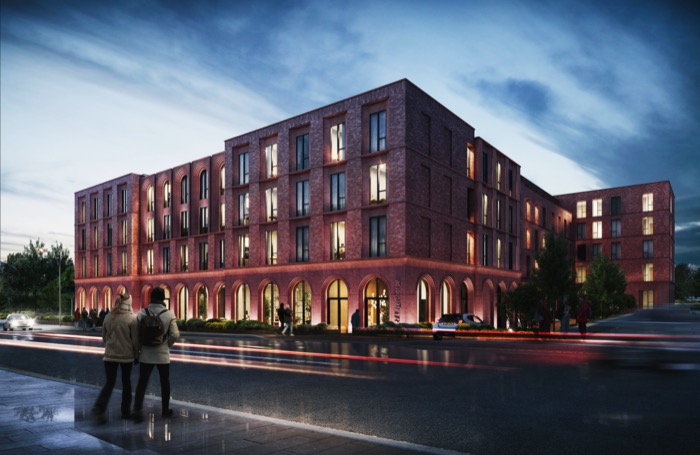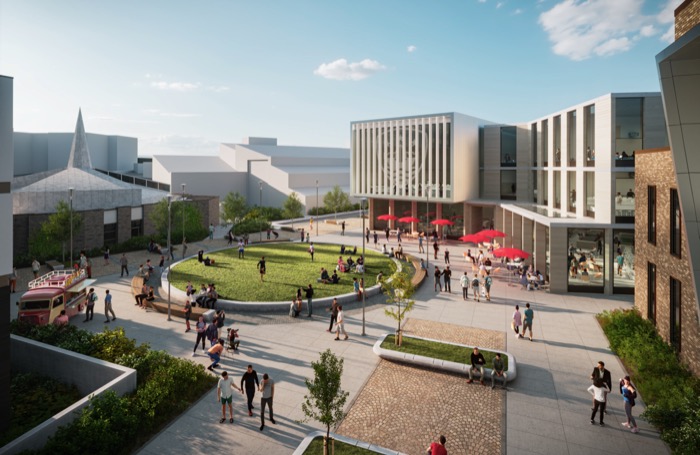Jefferson Sheard Architects
Areas of expertise: masterplanning, commercial, residential, mixed-use, industrial and logistics, education, transport, and healthcare.
Jefferson Sheard Architects have been around since 1957, so have learnt a thing or two about enduring design and legacy in the built environment. Their cofounder, and former RIBA president, Bryan Jefferson along with partner Gerry Sheard, first put Jefferson Sheard Architects on the architectural map with iconic brutalist landmarks such as the Moore Street substation (now Grade II listed) and are passionate about delivering schemes in all sectors on a national scale, from their four UK studios.

Through residential and mixed-use developments, commercial, healthcare, transport, education, expert witness, and masterplanning – we thrive on creating designs that our clients love and make a real impact on those who use them. We explore and understand project needs before bringing crafted thinking and innovative creativity to bear.
For over 65 years we have honed our approach to designing and delivering architecture which places people at the core of what we do. We are an award-winning, chartered practice, who balance form and function, technically excellent and design conscious in equal measure.
Phone +44 333 3002 720
Address 3-5 Bleeding Heart Yard, Greville Street, London, EC1N 8SJ
Website www.jeffersonsheard.com
LinkedIn Jefferson Sheard Architects

What differentiates you from other architects?
What sets us apart is our people. Many of our team have been with the practice for over 25 years, gaining invaluable varied experience and fostering long-standing creative relationships in our core delivery team and with our clients. Through expansion rather than replacement, we also have a regular healthy influx of new people, enhancing our capability and evolving our culture and approach to design.
Whilst we have a rich heritage, our ethos is to look forward - flexible and adaptable, and ready for the next challenge. We hold communication, collaboration, and transparency at the foundation of our design approach. Building trust within our design team and clients is key to producing a successful building – we don’t let ego get in the way of focusing on the final design and the ultimate goal of creating places the whole team can be proud of and that enrich people’s lives and the built environment.
We have the design flare to create outstanding architecture and the technical ability to deliver it – giving our clients a holistic service from concept design to handover.
How do you create value for your clients?
When we ask our clients what they enjoy about working with us, the answer often is – you listen! Our primary goal is always to ensure our clients’ needs are met and expectations exceeded. We do this by getting to know our clients, building relationships and through collaborative working to achieve a shared vision.
With 82% of our work coming from repeat business, it’s testament to the relationships we cultivate and the trust our clients hold in our ability. Through our technical excellence we de-risk designs, giving peace of mind that our projects “work” and guarantee a robust delivery from inception to hand-over.
We are passionate about working in partnership with clients to help them realise their vision of well-designed buildings focused on providing tailored solutions to individual needs and delivering best value without compromising on quality.
What has been a highlight for you in the past year?
We’ve had the opportunity to work with some great clients on very interesting schemes over the past year. Our Brainkind Neurological Centre Project in York provides a purpose-built facility for the treatment and rehabilitation of patients requiring specialist brain injury and mental health care. A project like this has outstanding social value and gives us enormous pride to be part of.
What is your special focus for MIPIM 2024?
We are focused on building on the momentum of the valuable relationships garnered during our MIPIM 2023 visit. We are looking forward to spreading the word of how we can add value to schemes across all Industry sectors throughout the UK. We’ll be primarily focussed on widening our network within the residential, industrial and logistics, and healthcare sectors, and exploring opportunities to partner with public and private real estate representatives, to work collaboratively with across the UK.
Is there anything exciting on the horizon?
We continue to expand all four of our UK studios and have achieved growth in many of our key sectors, including residential, industrial and logistics, healthcare and education. We have widened our client base in both the private and public sectors and are excited for the potential new projects this presents.
We are also eager to expand our Passivhaus portfolio, an area of design in which we have seen a growing demand from clients. The sustainability benefits which can be realised through this approach are substantial and the prospect of achieving these for our clients presents an exciting opportunity.

Find out more about the RIBA Chartered Practices attending MIPIM 2024.






